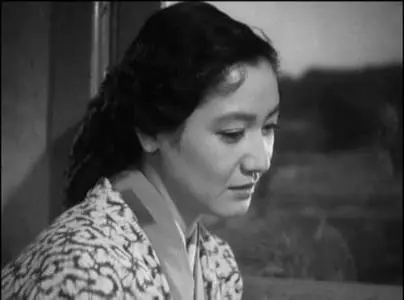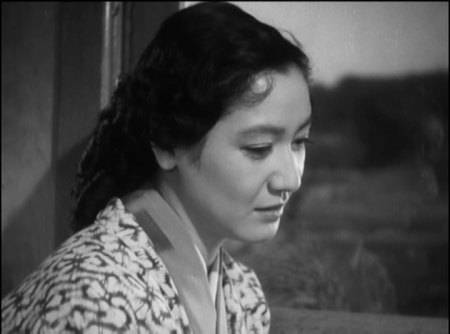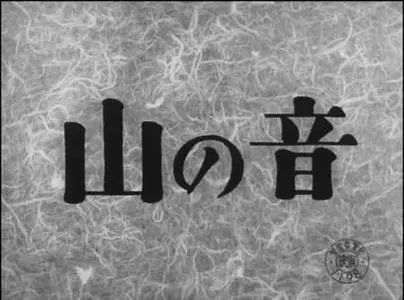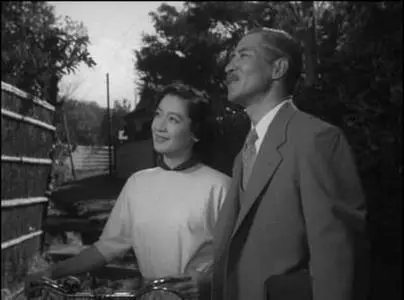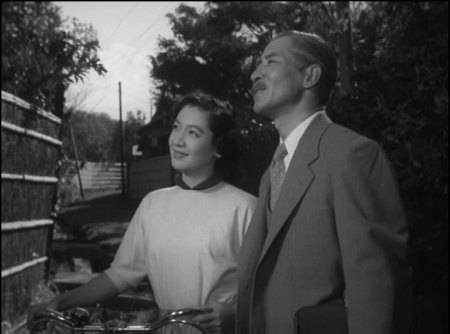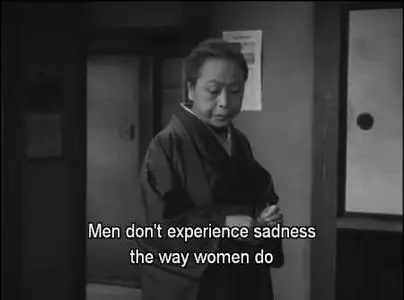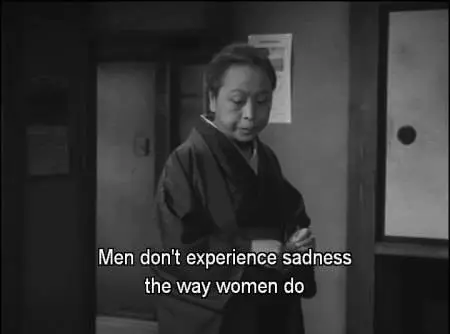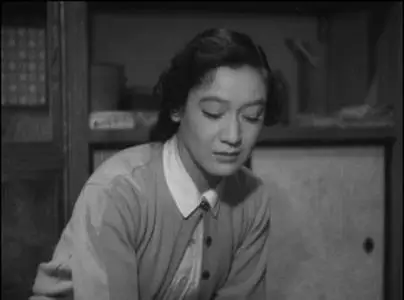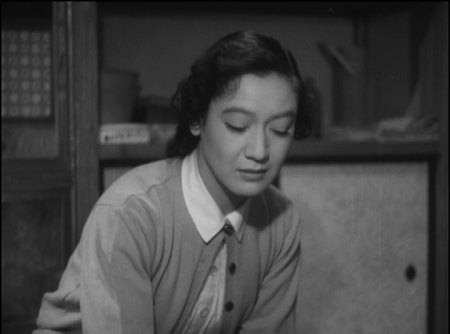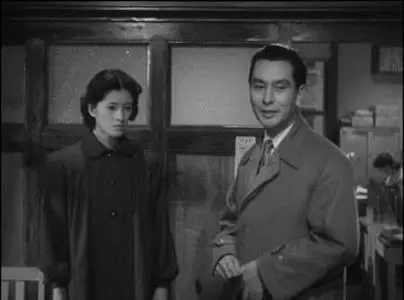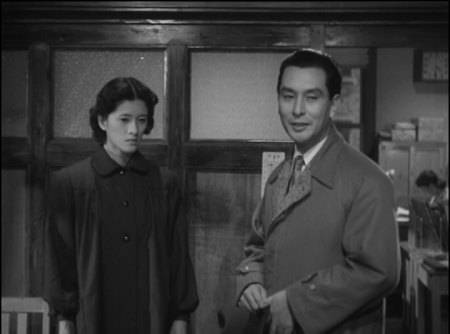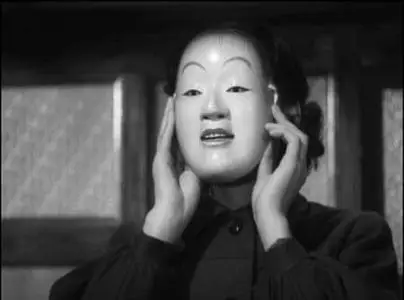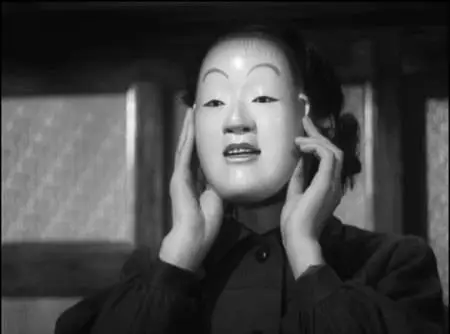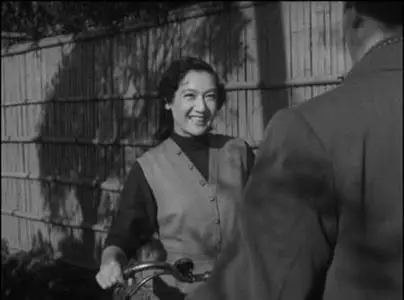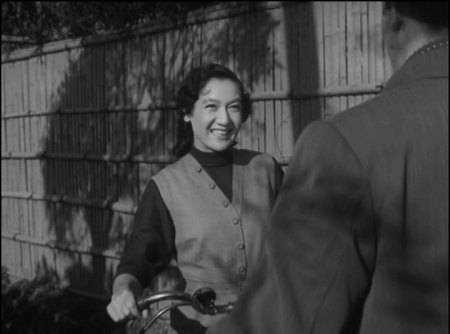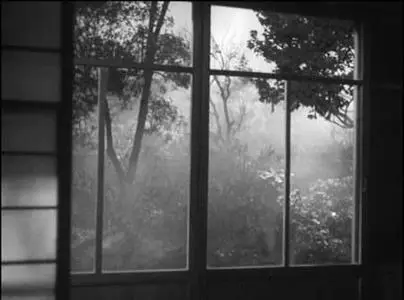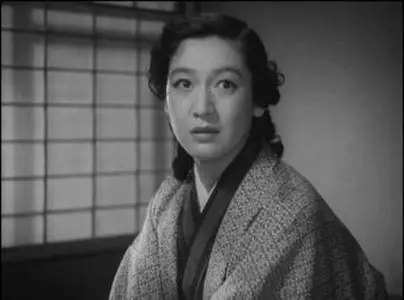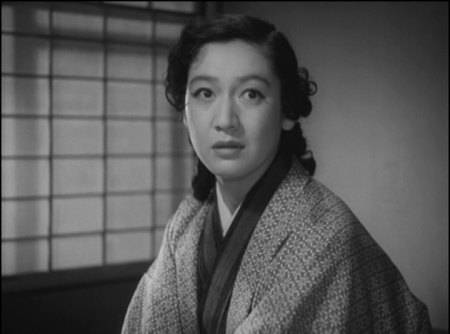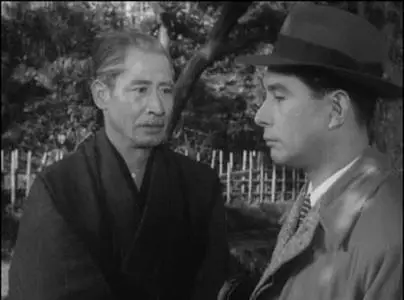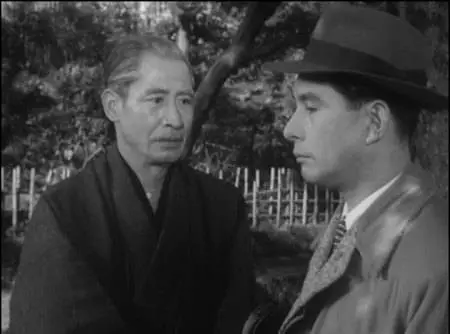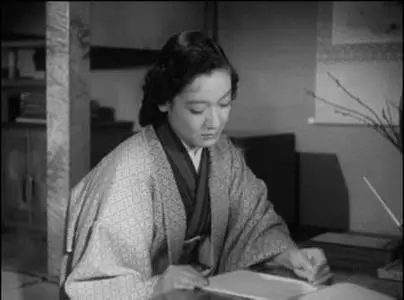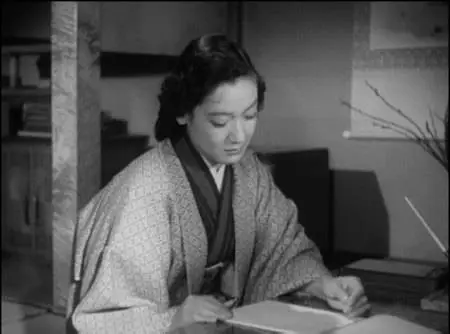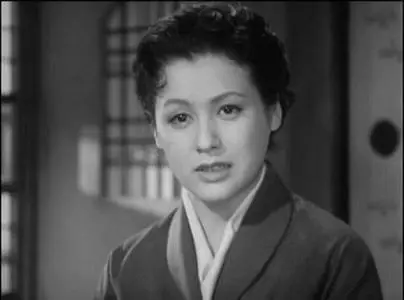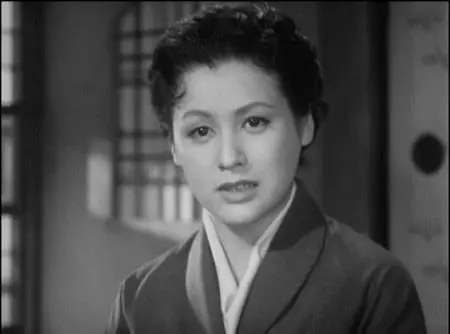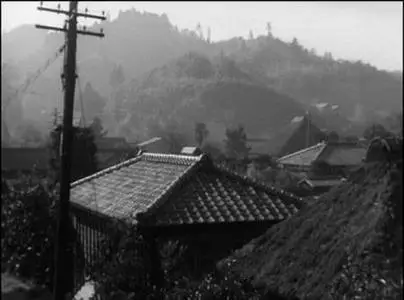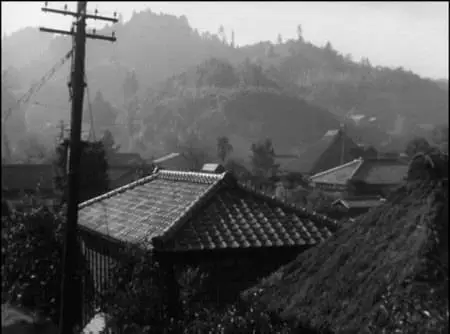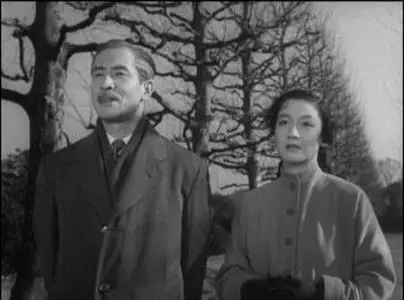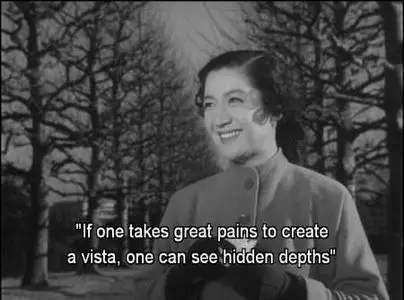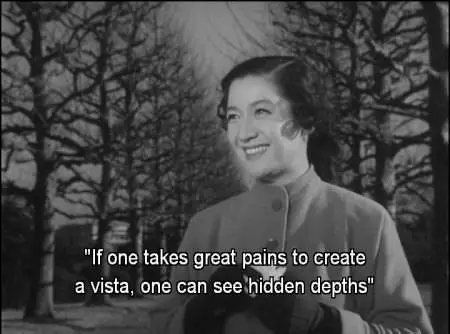Mikio Naruse-Yama no oto ('Sound of the Mountain') (1954)
709.5 MB | 1:34:43 | Japanese with English s/t | XviD, 850 Kb/s | 688x512
709.5 MB | 1:34:43 | Japanese with English s/t | XviD, 850 Kb/s | 688x512
Adapted from a novel by Yasunari Kawabata, the first Japanese author to be awarded the Nobel Prize for Literature, Sound of the Mountain typifies Naruse’s preferred genre of shomin-geki (films about the daily lives of ordinary people). Set in the ancient seaside town of Kamakura, Kawabata’s home, Sound of the Mountain depicts the increasingly close relationship between a childless young woman, Kikuko (Setsuko Hara), and her father-in-law, Shingo (So Yamamura), to whom she turns as her own marriage, to the neglectful and philandering Shuichi (Ken Uehara), disintegrates. A domestic drama of rare existential insight and emotional subtlety, Sound of the Mountain draws on the concerns of Naruse’s earlier marriage films, including Repast (even the pairing of stars Hara and Uehara is reprised), to offer a profoundly moving account of the complex relationship that develops between an older man and a younger woman. Masters of Cinema
Sound of the Mountain is possibly Naruse's most perfect entry in his preferred genre of shomin-geki (films about the daily lives of the lower middle-classes), possessed of a measured pace and a melancholy, lyrical undercurrent. Although, as in most of Naruse's work, character interaction is mainly via dialogue, at this early stage in his career these interchanges are slower and full of meaningful pauses, creating room for contemplation. (http://www.sensesofcinema.com/contents/cteq/01/17/mountain.html)
But here we also find some of Naruse's most inspired mise en scène: Hara and her father-in-law on lyrical walks among the tree-lined lanes of the neighbourhood, leaves casting delicate shadows over them; one of those patented Naruse storm scenes, with the family members navigating their home by candlelight during a power blackout, the house suddenly turned into a series of dark recesses; a mask with an eerie likeness to Hara's visage, lending at times a delicately mystical tone to the film; expert tension-building by avoiding to show the face of the elusive mistress of Uehara for as long as possible. (http://www.sensesofcinema.com/contents/cteq/01/17/mountain.html)
The film ends with the famous walk in the park. It is when watching these eight minutes one feels that, after all, Naruse is the equal of his more famous contemporaries Mizoguchi and Ozu. The carefully accumulated detail of the film is here discharged in an achingly lyrical sequence featuring Hara and her father-in-law. The freedom of the open spaces of the park contrasts meaningfully with the powerlessness of the couple. The bare trees, standing in for the people of an emotionally crippled society, cast shadows both ominous and strangely beautiful. (http://www.sensesofcinema.com/contents/cteq/01/17/mountain.html)
The alternation between static shots when they stand still and slow tracking shots when they walk creates a mesmerising rhythm. And there are two point-of-view shots that in their simplicity are pure genius. First the father-in-law, then Hara, watch other people strolling in the park, and the circumstances of the people being watched represents the inner thoughts and feelings of the characters doing the watching. These shots are shown in graceful pans, moving in opposite directions with an air of both mathematical accuracy and a mild caress of the viewer. And the irony of it all is, of course, that Hara and the father-in-law would have been the perfect couple, feeling a sense of harmony and respect for each other rarely found elsewhere in film, and even rarer in the work of Mikio Naruse. (http://www.sensesofcinema.com/contents/cteq/01/17/mountain.html)
Rapidshare.com (7 * 100 MB + 9.5 MB)
| 709.5 MB | Runtime 1:34:43 | b/w |
Language : Japanese
Optional subtitles : English
Audio Track-1 : mp3, 48000 Hz, 85 Kb/s, JS (Japanese dub.)
Audio Track-2 : mp3, 48000 Hz, 85 Kb/s, JS (English commentary)
Video : XviD, 850 Kb/s, 23.97 frm/s, 688x512 (4:3)
http://rapidshare.com/files/49474950/Naruse-SoundMount.part1.rar
http://rapidshare.com/files/49479010/Naruse-SoundMount.part2.rar
http://rapidshare.com/files/49482874/Naruse-SoundMount.part3.rar
http://rapidshare.com/files/49487235/Naruse-SoundMount.part4.rar
http://rapidshare.com/files/49491339/Naruse-SoundMount.part5.rar
http://rapidshare.com/files/49495823/Naruse-SoundMount.part6.rar
http://rapidshare.com/files/49500349/Naruse-SoundMount.part7.rar
http://rapidshare.com/files/49471378/Naruse-SoundMount.part8.rar
(Password-www.AvaxHome.ru)


